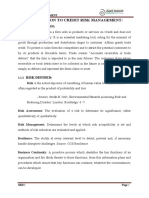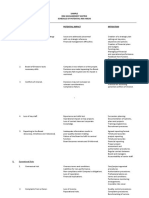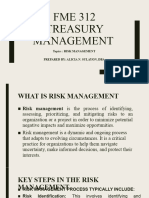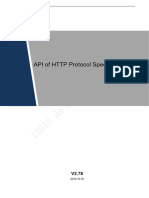0% found this document useful (0 votes)
45 views6 pagesRisk Test Answers
The document discusses risk management strategies for small businesses in Dar es Salaam. It outlines four main risk response strategies: avoidance, mitigation, transference, and acceptance. For a small retail business, avoidance could mean not operating in high-crime areas or relying on unreliable suppliers. Mitigation could consist of security cameras, diversifying suppliers, or implementing inventory management. Transference involves insuring against risks like theft or fire. Acceptance acknowledges risks that cannot be further mitigated.
Uploaded by
Fundikira HarunaCopyright
© © All Rights Reserved
We take content rights seriously. If you suspect this is your content, claim it here.
Available Formats
Download as DOCX, PDF, TXT or read online on Scribd
0% found this document useful (0 votes)
45 views6 pagesRisk Test Answers
The document discusses risk management strategies for small businesses in Dar es Salaam. It outlines four main risk response strategies: avoidance, mitigation, transference, and acceptance. For a small retail business, avoidance could mean not operating in high-crime areas or relying on unreliable suppliers. Mitigation could consist of security cameras, diversifying suppliers, or implementing inventory management. Transference involves insuring against risks like theft or fire. Acceptance acknowledges risks that cannot be further mitigated.
Uploaded by
Fundikira HarunaCopyright
© © All Rights Reserved
We take content rights seriously. If you suspect this is your content, claim it here.
Available Formats
Download as DOCX, PDF, TXT or read online on Scribd
/ 6























































































